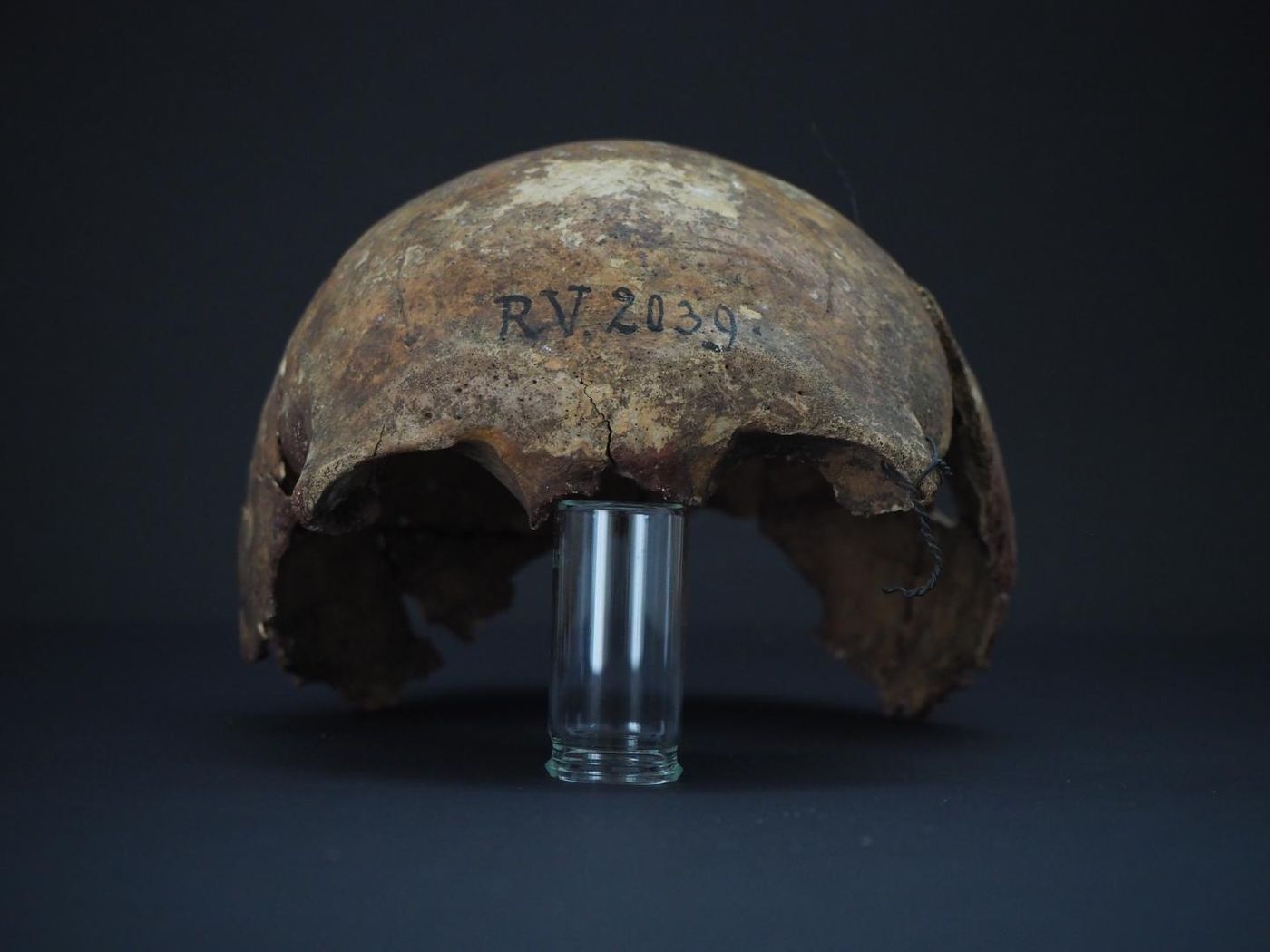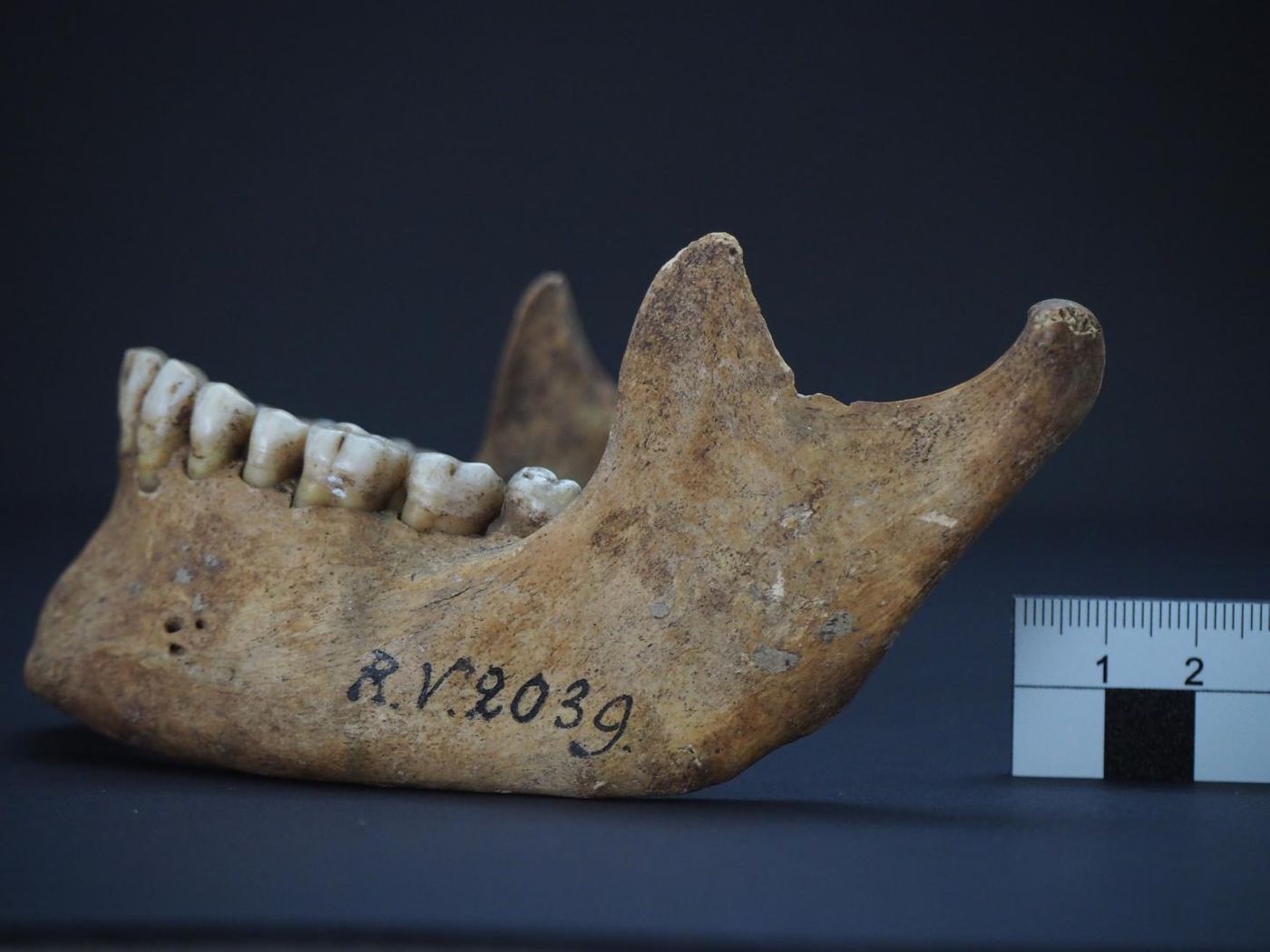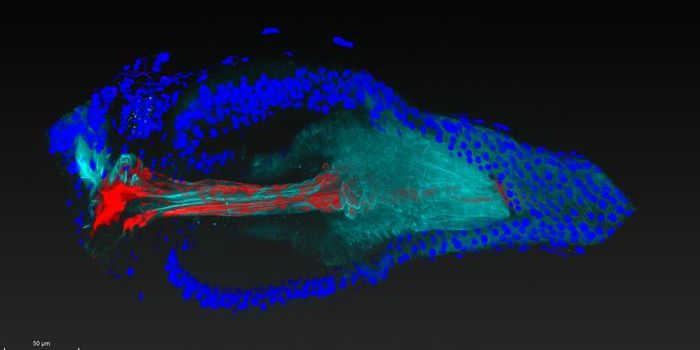Plague Bacteria Found In the Remains of a 5,000 Year Old Man
The plague, a disease caused by a bacterium called Yersinia pestis, has been affecting humans for thousands of years. Earlier this year, researchers noted in The American Journal of Medicine that DNA evidence of the Y. pestis pathogen has been found in Bronze Age skeletons that were estimated to be about 3,800 years old. It's thought that the first plague pandemic happened when the pathogen reached Constantinople, maybe from India, around 541 CE. Waves of plague epidemics would subsequently spread across Europe for many years. The Black Death began in 1347, when rats are thought to have started the pandemic that killed about one-third of Europe's population by 1352.
Now researchers have traced Y. pestis back even farther, to a 5,000 year old hunter gatherer; the findings have been published in Cell Reports. It's thought that the strain carried by this individual was not as contagious or deadly as the one that struck Europe so hard.
"What's most astonishing is that we can push back the appearance of Y. pestis 2,000 years farther than previously published studies suggested," said senior study author Ben Krause-Kyora, head of the aDNA Laboratory at the University of Kiel in Germany. "It seems that we are really close to the origin of the bacteria."
The hunter gatherer analyzed in this study was probably a man about 25 years old, give or take five years. He's been given the unceremonious name RV 2039, and is one of two skeletons that were excavated in the late 1800s in what's now Latvia. These remains were thought to have been lost until they turned up in the collection of German anthropologist Rudolph Virchow in 2011. Two other skeletons have since been removed from the original site.
In this work, the researchers assessed tooth and bone samples from the four hunter-gatherers and looked for evidence of bacterial and viral DNA. After using the genetic data they obtained to reconstruct potential genomes, they found what seemed to be Y. pestis in RV 2039. They compared the DNA sequences from their results to other ancient strains of Y. pestis that have been sequenced, and determined that what they found is probably the oldest known strain of the plague. This lineage may have emerged as long as 7,000 years ago, when Y. pestis diverged from a microbial ancestor called Yersinia pseudotuberculosis.
"What's so surprising is that we see already in this early strain more or less the complete genetic set of Y. pestis, and only a few genes are lacking. But even a small shift in genetic settings can have a dramatic influence on virulence," noted Krause-Kyora.
The ancient strain lacked one gene that would enable it to infect fleas, and would make it so virulent. Fleas are thought to be the vector that transmitted the plague so efficiently to humans (much more than rats). Flea-based transmission, which caused pus to swell, also required the human host to die; the flea-based plague may have been even deadlier. It would take over one thousand years for the Y. pestis to turn into a deadly pathogen, and unfortunately, there's no way of knowing what it did to RV 2039.
The scientists suggested that RV 2039 did die from the bacterial infection but it probably took a long time. They'd found evidence of the bacteria in his bloodstream, but the people that he was found near were not infected; he may have contracted it from an infected rodent. The study authors noted that this was probably not a highly contagious form of the disease.
This work could challenge some ideas about the movement of ancient people. Some historians have suggested that Y. pestis evolved in huge cities near the Black Sea. The study has suggested that the pathogen could be found with people that lived long before large settlements formed.
Sources: AAAS/Eurekalert! via Cell Press, Cell Reports










